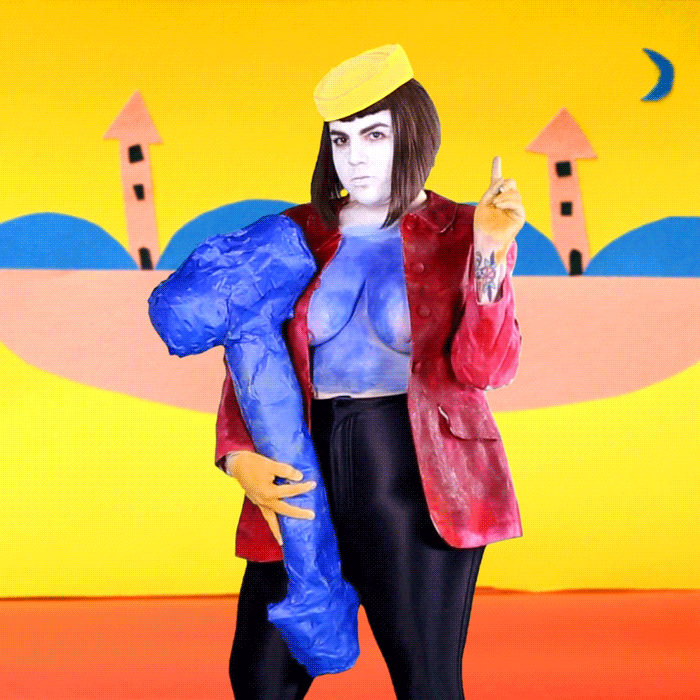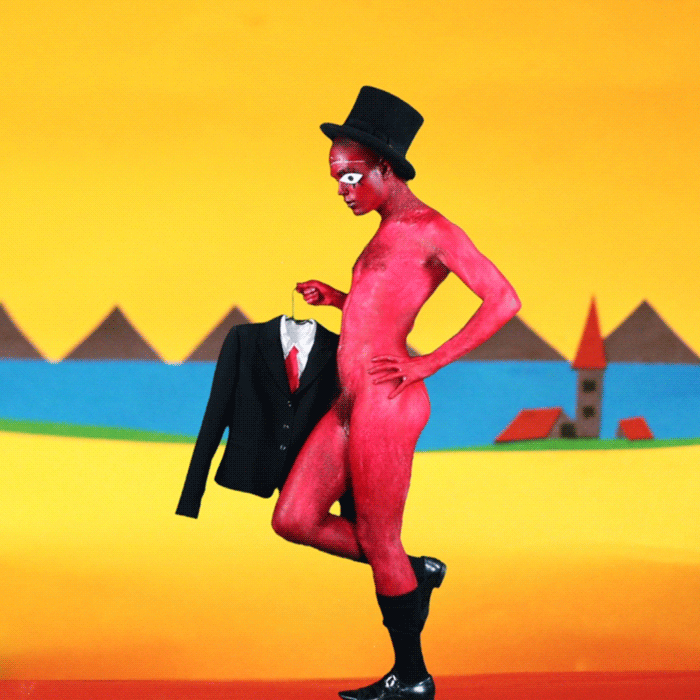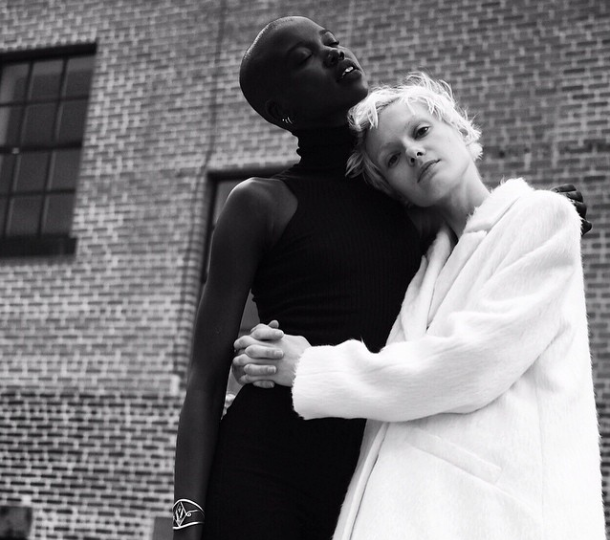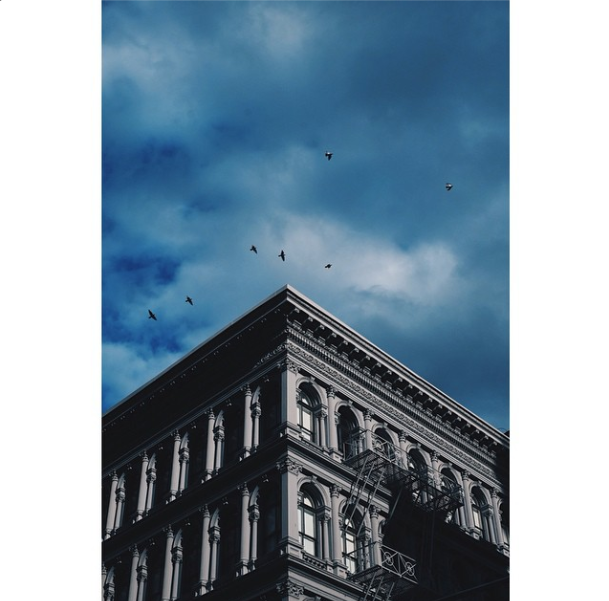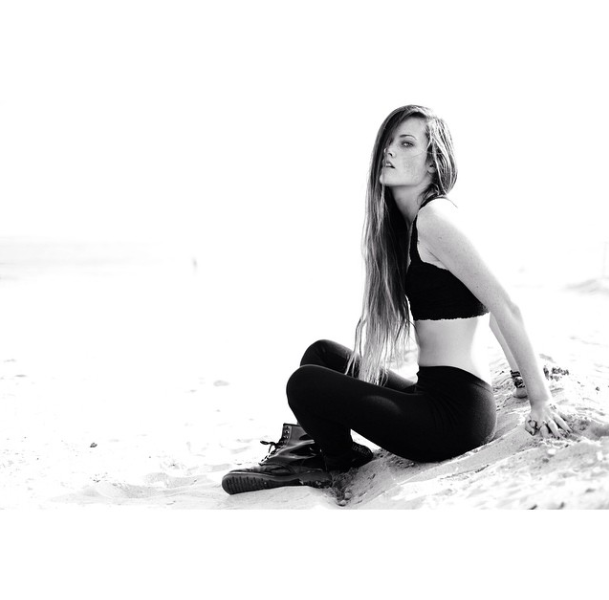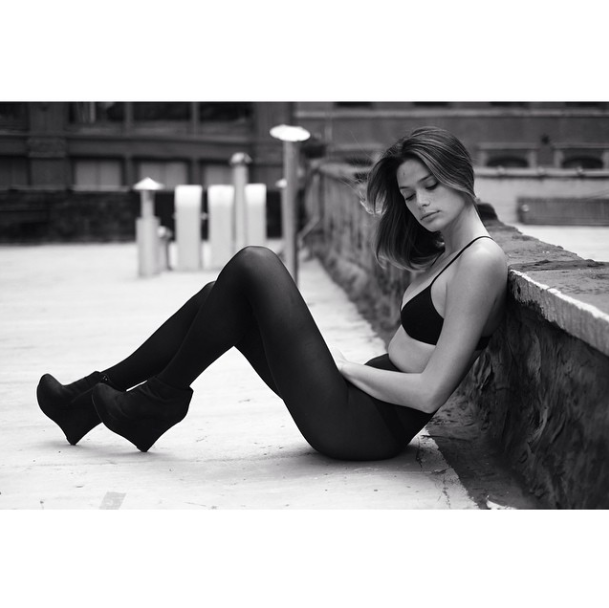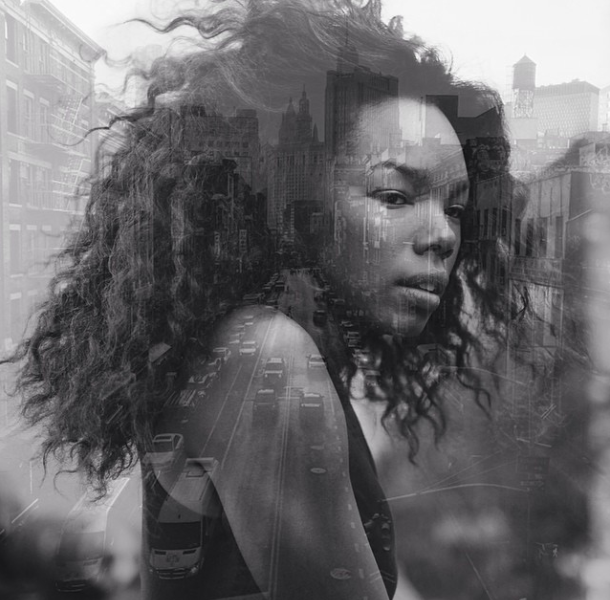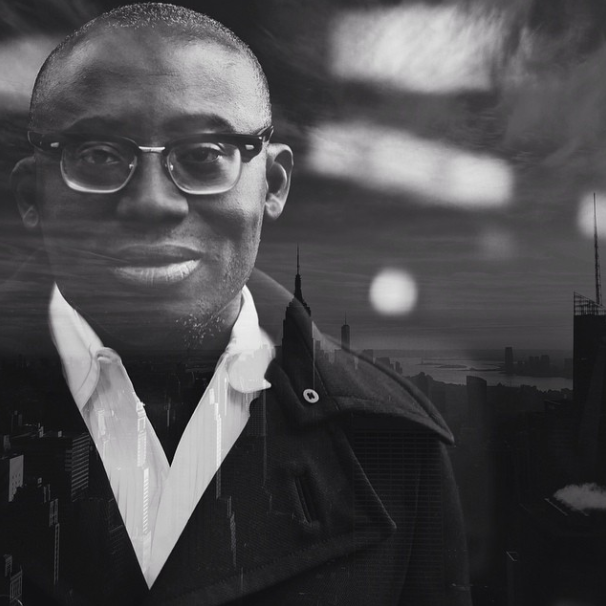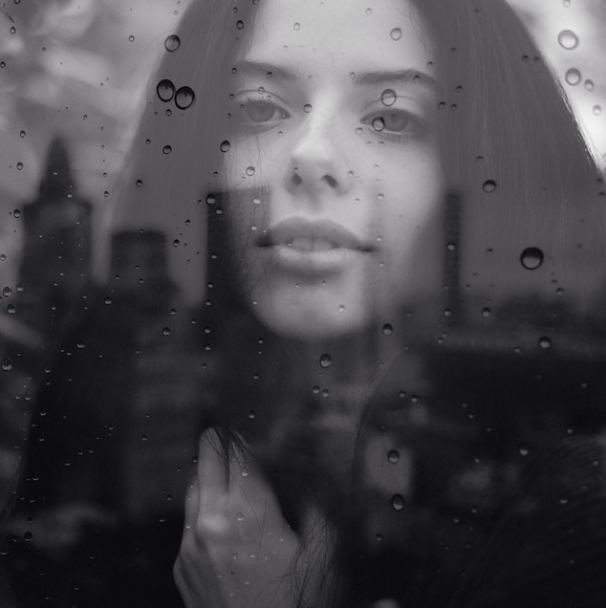Kirsten Kay Thoen
The Unlimited Magazine
Artist Kirsten Kay Thoen talks to us about spiritual art, mediation and the inspiration behind her light sculpture.
Arboreal Prism
2013
Duratrans, plexiglass, brass, LED, electronic components
24 x 24 x 32"
THE UNLIMITED - What is your process and what helps you get into your zone?
Kirsten Kay Thoen - Meditation is a part of my process, daily grounding in this urban complex of New York City is major. It is a way to also try to tap back into these experiences I have had in nature, so that's huge. It is really just sitting with the imagery for a length of time. I have these entire archives so certain images will speak to me and they will start calling forth geometry that I begin seeing. It is an abstract process these forms are not in any way literal but they are more energetic speaking. I begin drawing in my 3D modeling prototypes.
TU - What is your biggest ambitions? How big would you go with your work?
KKT - I have a proposal that I am writing that is definitely very ambitious to get funding for. It is incorporating physical computing to make it interactive. I am seeing this piece that will incorporate solar panels to energize the actual movement of the work. There is new technology that has created translucent solar paneling. I want to try to use it with motors and microcontrollers to almost unravel over time a cocoon like shape that is very large scale, maybe 10 or 12ft. Then inside as it unravels over a period of time there is a gem like light-structure that has also been energized by the solar panels that is revealed.
TU - Whats are challenges, on a day-to-day basis?
Ice Fractal, #1
2014
C-print on Duraflex & plexiglass
21 x 21 x 2.5"
KKT -My ideas are very expansive and they often involve a high level of production and collaboration with fabricators. I have been building that network, but a lot of it is also funding the concepts. A huge challenge along the way has been that I come from a photography background, not a sculpture background, so I am very self-trained at this point. I have self taught myself 3D modeling and CAD (Computer-aided design).
TU - What is light for you besides just an energy and element in your work?
KKT - I think it is bonds the work with its energy and the subtle life-like illusion that it creates. I do think it has this functionality to it, in the way it asserts a little bit more within the space. It has this aura of light around it, this little sort of glow helps to assist in that world that I am creating. I also really like how light plays on perception on all levels like perception of photography, and perception of viewing the work.
TU - How do you feel about digital and instagram? Do you find it draining or inspiring?
KKT - That is actually a part of my work, the ubiquity of imagery in the digital era. I am asserting a physicality in that virtual space, a physical experience of this media.
In a way I am creating the potential of someone to linger longer with the work. The movement across the wall of 2D imagery in a gallery, the speed of that absorption, is also something I am trying to divert.
Instagram @kirs_thoen / http://kirstenkaythoen.com
Kirsten works will be a part of "Topography" Group Show at Gallery Nine5, Soho, NYC (Opening reception: Saturday, January 17th, 6-8pm)


